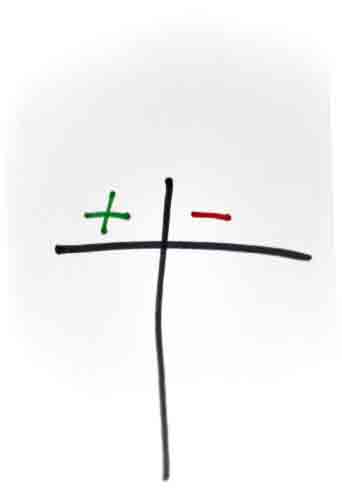 You’ll sometimes see the term dropshipping in business opportunity offers. But what is dropshipping and how does it work?
You’ll sometimes see the term dropshipping in business opportunity offers. But what is dropshipping and how does it work?
Dropshipping is a business model where the seller sells goods but does not keep them in stock. Instead they pass the customer’s order to their supplier. The supplier then despatches the goods to the customer directly.
The seller makes their profit on the difference between the ‘buying in’ and ‘selling out’ prices without actually having to handle the goods they buy and sell.
Because you don’t need any stock to run a dropship based business (nor the cash to invest in it) theoretically you could have a business with thousands of customers, earning £millions a year, and never touch a single product!
Even giant companies such as Tesco, B&Q and Argos run this sort of business. But it can also be suitable as a small business opportunity too.
So what are the pros and cons?
The pros of dropshipping
- You don’t need to spend time and money developing a product.
- You don’t need any capital for stock.
- You don’t hold any stock, so no storage problems/unsold stock risks.
- You don’t get involved with shipping.
- You can spend more time where the money is – on sales and marketing.
The cons of dropshipping
- You don’t have ownership over the product. You’re dependent on your supplier who can change the product, the price and the terms on which it’s sold whenever they wish. You’re dependent on someone else for delivery and customer service too.
- No exclusivity. Other sellers can sell exactly the same product at the same price – so expect to face competition.
- Margins may be squeezed. Because the supplier assumes the inventory risk and does the shipping you might not enjoy the best wholesale prices.
What products are good for dropshipping?
Products that don’t need viewing, or demonstrating, to sell. Products that are known and trusted. Branded products are a good choice. Small, light, compact products. Products that are consumed and need to be replaced regularly.
Here are some often-dropshipped products: Gifts. Electronics. Video and audio products. Information products. Household items. Adult products. Software. Clothing and footwear. Mobile phone accessories. Books. Car accessories. Toys. PC consumables. Jewellery. Food and wine.
How to find dropship suppliers
You can use a dropship house. Dropship houses are companies who specialise in supplying dropshippers. But note: Some of them charge you an annual or monthly subscription before you can access their products.
Or, approach suppliers direct and ask if they will dropship for you. Just do a Google or similar search for ‘dropship’ plus the name of the product or products you want to source. Don’t forget import sources.
Amazon offer a dropship service through its Affiliates scheme. With this scheme you can sell Amazon products through your website and when your customers order Amazon will ship them direct for you. It’s probably the easiest way of giving drop a try.

